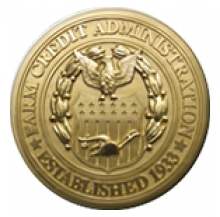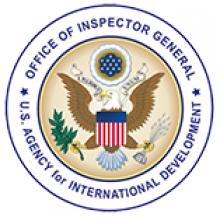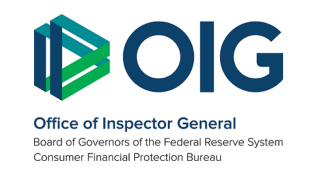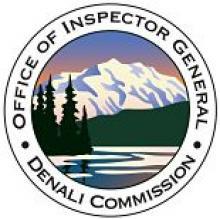This Office of Inspector General (OIG) Comprehensive Healthcare Inspection Program report provides a focused evaluation of the quality of care delivered in the inpatient and outpatient settings of the VA Caribbean Healthcare System, which includes the San Juan VA Medical Center in Puerto Rico and multiple outpatient clinics in Puerto Rico and the U.S. Virgin Islands. The inspection covers key processes associated with promoting quality care. For this inspection, the areas of focus were Leadership and Organizational Risks; COVID-19 Pandemic Readiness and Response; Quality, Safety, and Value; Registered Nurse Credentialing; Medication Management: Remdesivir Use in VHA; Mental Health: Emergency Department and Urgent Care Center Suicide Risk Screening and Evaluation; Care Coordination: Inter-facility Transfers; and High-Risk Processes: Management of Disruptive and Violent Behavior.When the team conducted this inspection, the healthcare system’s leaders had worked together in their positions for less than one month. However, they had worked together in other capacities for over two years. Employee survey results highlighted opportunities to improve staff feelings of moral distress. Patient experience survey results identified opportunities for improvement in specialty care settings. Review of the facility’s accreditation findings, sentinel events, and disclosures identified concerns with the system’s completion of institutional disclosures as well as the actions taken following serious adverse events. The executive leaders spoke knowledgeably within their scope of responsibilities about VHA data and factors contributing to poorly performing quality and efficiency measures.The OIG issued 10 recommendations for improvement in five areas:(1) Leadership and Organizational Risks• Institutional disclosures• Root cause analyses(2) Quality, Safety, and Value• Surgical work group meeting attendance(3) Registered Nurse Credentialing• Primary source verification(4) Care Coordination• Active medication list transmission• Nurse-to-nurse communication(5) High-Risk Processes• Disruptive behavior committee meeting attendance• Patient notification of Orders of Behavioral Restriction• Workplace Behavioral Risk Assessment• Staff training
| Report Date | Agency Reviewed / Investigated | Report Title | Type | Location | |
|---|---|---|---|---|---|
| Department of Veterans Affairs | Comprehensive Healthcare Inspection of the VA Caribbean Healthcare System in San Juan, Puerto Rico | Review |
|
View Report | |
| Federal Labor Relations Authority | The Federal Labor Relations Authority's Compliance with the Digital Accountability and Transparency Act of 2014 for the Second Quarter of Fiscal Year 2021 | Audit | Agency-Wide | View Report | |
| National Endowment for the Arts | Performance Audit Report on Selected Awards to Florida Department of State, Division of Cultural Affairs | Audit | Agency-Wide | View Report | |
| Farm Credit Administration | Semiannual Report to Congress | Semiannual Report | Agency-Wide | View Report | |
| U.S. Agency for International Development | Financial Audit of the Innovative Solutions for Chains of Agricultural Value Project in Guatemala, Managed by Agropecuaria Popoyn, S.A., Cooperative Agreement AID-520-A-17-00006, for the Fiscal Year Ended December 31, 2020 | Other |
|
View Report | |
| U.S. Agency for International Development | Financial Audit of USAID Resources Managed by Project Hope Namibia Under Multiple Agreements, January 1 to December 31, 2020 | Other |
|
View Report | |
| U.S. Agency for International Development | Financial Audit of Tearfund Under Multiple USAID Awards, for the Year Ended March 31, 2019 | Other | Agency-Wide | View Report | |
| Board of Governors of the Federal Reserve System | Open Recommendations Made to the Board of Governors of the Federal Reserve System | Other | Agency-Wide | View Report | |
| Consumer Financial Protection Bureau | Open Recommendations Made to the Bureau of Consumer Financial Protection | Other | Agency-Wide | View Report | |
| Denali Commission | Report of Findings and Recommendations for the Review of the Denali Commission’s Privacy Program | Audit | Agency-Wide | View Report | |








